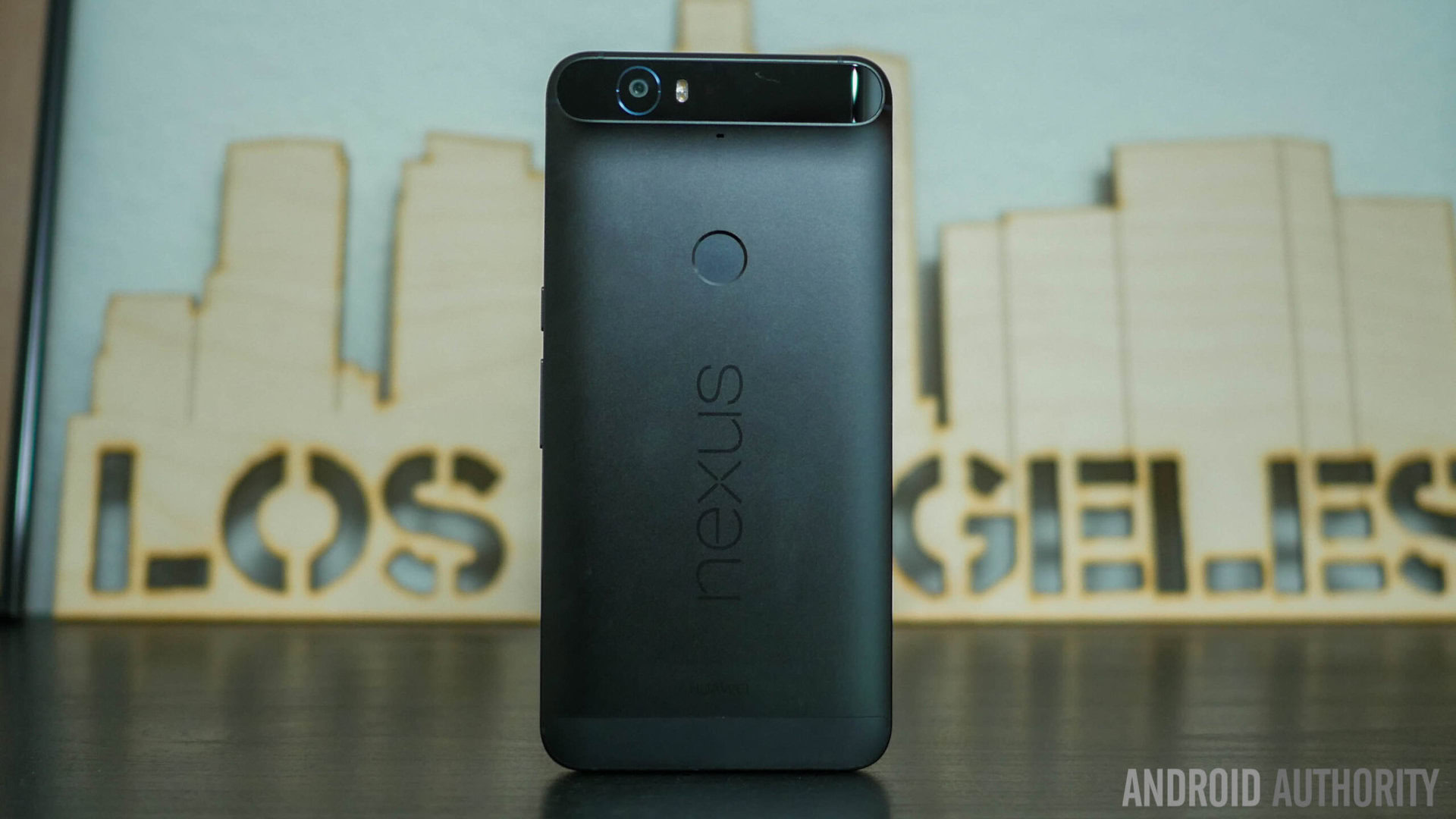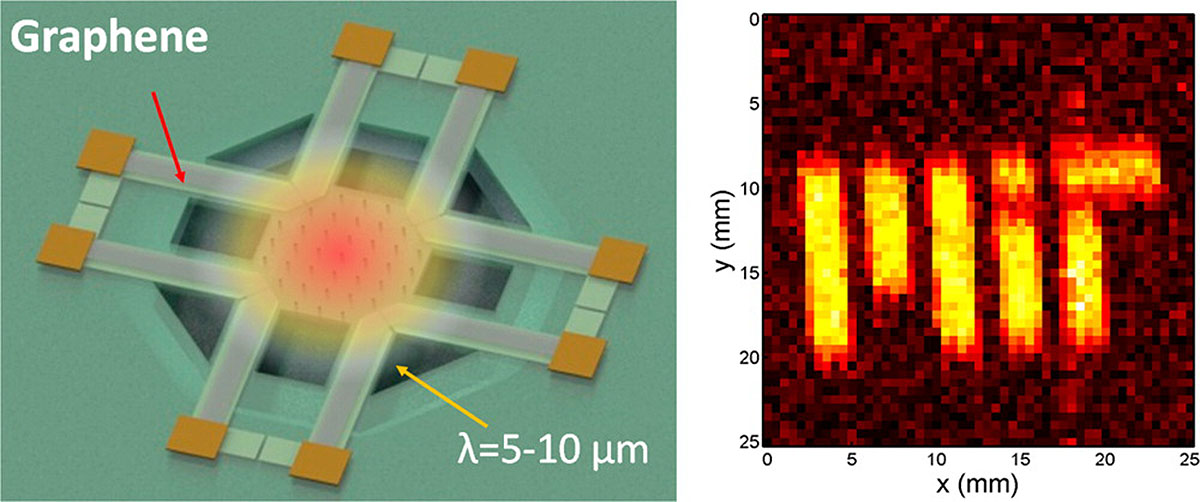Affiliate links on Android Authority may earn us a commission. Learn more.
MIT breakthrough may bring night vision to smartphone cameras
Published onNovember 17, 2015

Ever wonder why your smartphone doesn’t have night vision? I mean, it can’t be that advanced of a technology, right? They used night vision goggles in World War II, for crying out loud. My phone can recognize my face and read my fingerprint. Why no night vision?

Well it turns out that even though night vision isn’t all that technically difficult, making it cheap and small is a bit of a hassle. The problem is cooling.
Normal cameras behave very similarly to the human eye in that they detect light bouncing off of objects. If there’s no light source, they can’t see anything. However, night vision devices work differently. They detect infrared light that radiates off all warm bodies.
The problem is that the sensors that detect this heat have to be kept really cool. Otherwise their view of the world would be blotted out by all the infrared noise of the devices containing them. Historically this has been done with a system of refrigerants, much like a liquid-cooled computer. That kind of technology is bulky and cumbersome, and it can get expensive.

However, an MIT team has come at the problem in a different way. For a heat sensor, they’ve used atom-thin sheets of honeycomb-arrayed carbon molecules. This material, called graphene, is already used in a lot of night vision devices. It’s stronger than steel, transparent, and flexible. The research team solved the overheating process by using additional strips of graphene to suspend the sensor over a pocket of air. This keeps the sensor cool enough to detect objects at range without needing refrigerants.
This could be a huge deal for a lot of technologies. Consider how gadgets that recognize things like hand gestures and faces currently work. They rely on normal cameras to provide them with visible light. From that flood of information, programs must be able to recognize the shape of a human hand from background images before it even begins interpreting movement. Given infrared information, the hand would stand out starkly from the cooler background.
Although the team was able to get their sensor to detect a hand at range and a heated MIT logo, the resolution of this technology remains pretty grainy. They’re hoping increase the definition and bring this capability to devices like cell phones and vehicles in the near future.